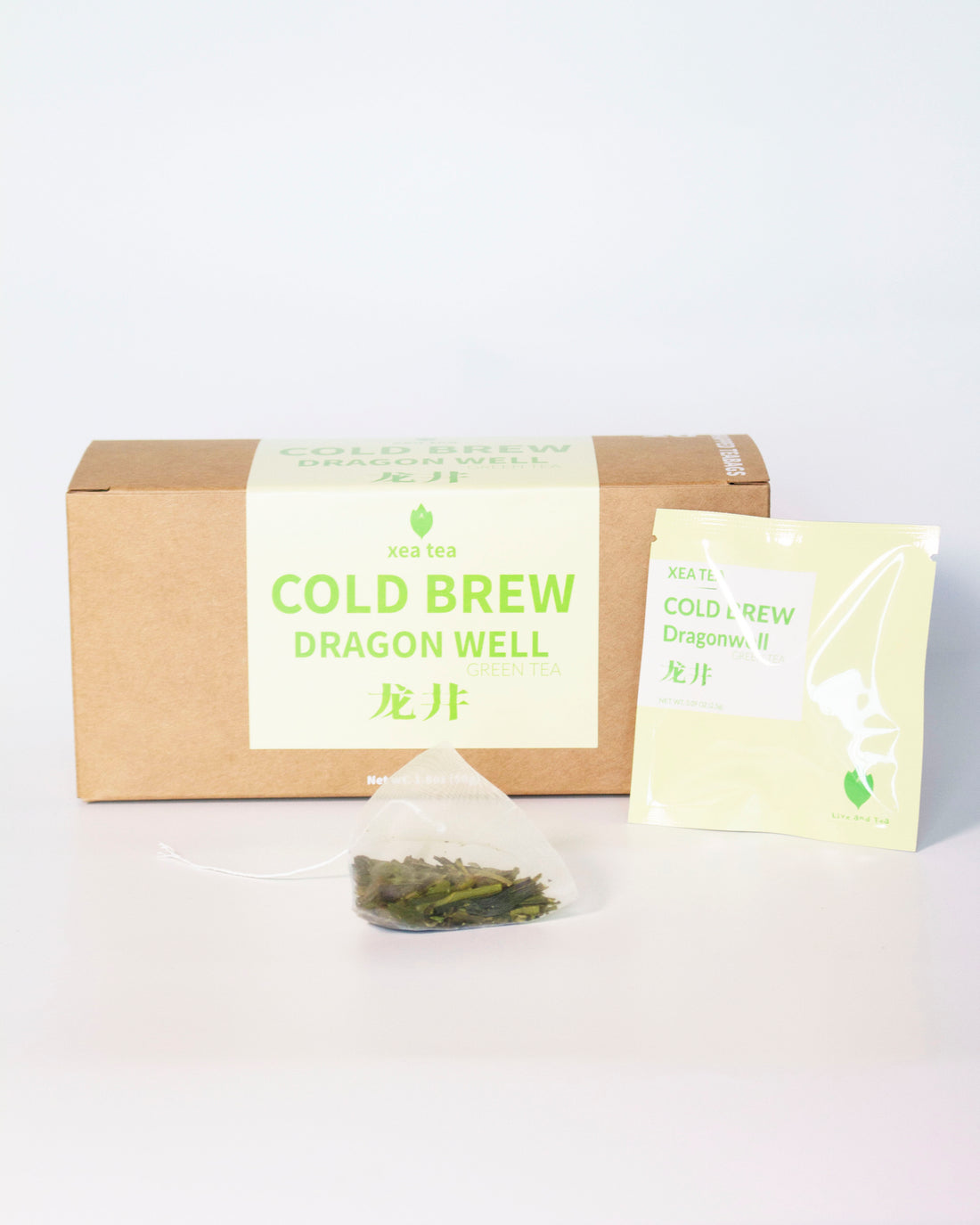
What Is the Best Green Tea?
Share
Green tea is not just a beverage; it’s a cultural icon, a health powerhouse, and a centuries-old tradition. With origins dating back almost 2,000 years to China's Han Dynasty (206 BC–220 AD), green tea has since evolved into countless varieties and styles, especially in China and Japan, the two most celebrated green tea-producing regions.
But what is the "best" green tea? The answer depends on your taste, preferences, and even how you brew it. Let’s explore the world of green tea, from its diverse types to its cultural significance.
The Historical Roots of Green Tea
- Han Dynasty Beginnings: Green tea’s origins can be traced to the Han Dynasty, where it was initially used as a medicinal drink.
- Tang Dynasty (618–907 AD): Green tea blossomed into a cultural phenomenon, with powdered tea (the precursor to Matcha) gaining prominence in imperial courts.
- From China to Japan: During the Tang era, tea culture spread to Japan, where it developed into Matcha and Sencha traditions.
Green tea’s journey mirrors the evolution of human culture, connecting us to history in every sip.
Key Types of Green Tea Around the World
Chinese Green Tea
China, the birthplace of tea, boasts the widest variety of green teas in the world. Here are the key types:
- Longjing (Dragon Well):
- Region: West Lake, Zhejiang.
- Flavor: Nutty, sweet, and smooth with a flat-leaf shape.
- Biluochun:
- Region: Jiangsu Province.
- Flavor: Delicate, floral, and fruity. The leaves are tightly rolled into spirals resembling “green snails.”
- Xinyang Maojian:
- Region: Henan Province.
- Flavor: Bold and slightly savory, with a sharp, clean aftertaste.
- Gunpowder Green Tea (Zhucha):
- Region: Zhejiang and other provinces.
- Flavor: Smoky and robust, with tightly rolled leaves resembling pellets. Popular for use in Moroccan mint tea.
- Huangshan Maofeng:
- Region: Anhui Province.
- Flavor: Sweet, floral, and mellow, with a light, silky texture.
- Liu’an Guapian:
- Region: Anhui Province.
- Flavor: Fresh and slightly nutty, made from older leaves for a unique taste.
-
Taiping Houkui:
- Region: Anhui Province.
- Flavor: Delicate and sweet, with strikingly large and flat leaves.
China produces over 60% of the world's green tea, with countless local specialties waiting to be discovered.
Japanese Green Tea
Japan’s green tea culture is distinct, focusing on unique preparation techniques like steaming:
- Matcha:
- Region: Uji, Kyoto.
- Flavor: Rich, umami-filled, with a creamy texture. Used in tea ceremonies and modern desserts.
- Sencha:
- Region: Nationwide.
- Flavor: Fresh, grassy, and slightly sweet. The most common green tea in Japan.
-
Gyokuro:
- Region: Uji, Kyoto.
- Flavor: Intensely umami with a buttery texture, made from shade-grown leaves.
- Bancha:
- Region: Nationwide.
- Flavor: Mild and toasty, made from later harvests. Considered a more casual tea.
-
Hojicha:
- Region: Nationwide.
- Flavor: Roasted and nutty, made from roasted green tea leaves or stems.
Japan’s green teas often emphasize umami and grassy notes, reflecting their unique steaming process.
What Makes Green Tea Unique Across Regions?
- Processing Techniques:
- Chinese Green Tea: Pan-fired to preserve natural sweetness and reduce bitterness.
- Japanese Green Tea: Steamed to lock in grassy and vegetal flavors.
- Health Benefits:
- Rich in polyphenols and antioxidants, green tea promotes anti-aging, better digestion, and improved heart health.
- The minimal oxidation process preserves natural compounds like catechins, key for its health benefits.
- Cultural Significance:
- Green tea is a symbol of mindfulness in Japan and hospitality in China.
Brewing Tips for Green Tea Perfection
Hot Brew:
- Use water at 70–80°C (158–176°F) to avoid bitterness.
- Steep for 1–3 minutes depending on the type of tea.
Cold Brew:
- Add 1–2 teaspoons of tea leaves to a pitcher of cold water.
- Steep for 6–8 hours in the fridge for a smooth, naturally sweet brew.
Pro Tip:
Experiment with Matcha lattes, cold-brewed Longjing, or even Gunpowder mint tea for unique twists!
Why Is Matcha So Popular?
- Color and Appeal: Matcha’s vibrant green hue is eye-catching and associated with health.
- Versatility: From lattes to desserts, Matcha fits into modern lifestyles seamlessly.
- Antioxidant Power: Contains higher concentrations of catechins due to its powdered form.
While Matcha’s boldness appeals to many, traditional Chinese green teas offer a subtler, more nuanced experience.
Choosing the Best Green Tea for You
There’s no definitive answer to what the "best" green tea is—it depends on your preferences:
- Looking for bold flavors? Try Matcha or Gyokuro.
- Seeking elegance? Go for Longjing or Huangshan Maofeng.
- Adventurous? Explore the unique smoky taste of Gunpowder.
From the nutty sweetness of Longjing to the creamy richness of Matcha, green tea’s diversity ensures there’s something for everyone. Explore the traditions, flavors, and health benefits of this ancient beverage and find your perfect cup.
Ready to explore? Browse our organic Dragwell Longjing green tea collection, to find your next favorite brew.
